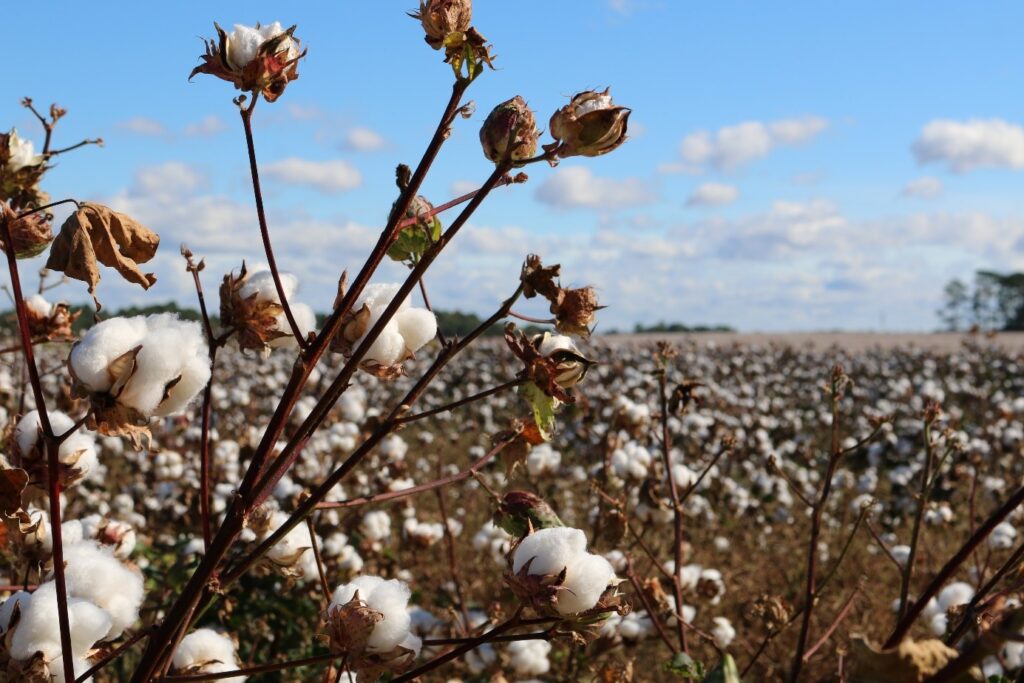Price outlook for the cotton market
A number of sources can be used to describe the difficult business conditions faced by the global textile industry and cotton market. One is the International Textile Manufacturers Federation (ITMF) survey of companies. The latest results based on the survey distributed in mid-January 2023 describe the widest difference between respondents, suggesting that business conditions were poor relative to those who said conditions were good.
Another indicator has been the sharp decline in US clothing imports. Apart from April-June 2020, the months hardest hit by covid closures, the latest seasonally adjusted import volumes of cotton-dominated garments were the lowest since at least 2005. In addition to the magnitude of the drop in shipments, the speed of the fall has been a shock. In April, US clothing imports set a record. Compared to that peak, volumes in November and December fell by more than 40% (all import figures in terms of square metre equivalents).
Lead times for clothing orders are long, and the recent pullback may prove to be another example of overreaction to changing economic conditions. Other examples include the withdrawal of orders following the emergence of covid which led to the difficulty in securing supplies and the record volume of deliveries in the first half of 2022.
There are several potential signals that a turnaround in the business climate may be underway. In its latest round of updates, the International Monetary Fund (IMF) raised its projections for global economic growth in 2023 and 2024. Although growth is still expected to be sluggish, the turnaround in the direction of updates may be noteworthy. In addition, the IMF report suggested that inflation is slowing. The effects of rising interest rates are lagging, but if slower inflation allows central banks to continue to reduce hikes, it could lower another barrier to growth. Additional sources of optimism may come from the resilience of the labour market and consumer spending in Western economies.
For the cotton market, a potential signal of a turnaround may come from the East. Chinese cotton prices have fallen higher since the beginning of January. This has created some disparity between prices in what is traditionally the world’s largest import market and average export prices, known as the A-index. The current gap is about eight cents per pound. This separation will need to be widened to make imports more attractive (the CC index is typically 15-20 cents/pound higher than the A index), but it has marked progress that could eventually lead to more international trade.
If the demand side of the fibre market strengthens in the coming months, supply-side issues may become more important for price direction. Current prices are still high by historical standards (one index is trading close to 100 cents/pound), but input costs are also high. Improved weather in West Texas and Pakistan may be mitigating factors for production, but in the US, Brazil and other relative crop-sensitive locations, input costs and competitive prices for corn and soybeans are expected to cause lower planted area for 2023/2024.
About the Viking signals
With Viking’s signals, you have a good chance of finding the winners and selling in time. There are many securities. With Viking’s autopilots or tables, you can sort out the most interesting ETFs, stocks, options, warrants, funds, etc.
Click here to see what Vikingen offers: Detailed Comparison – Stock exchange software for those who want to become even richer (vikingen.se)













